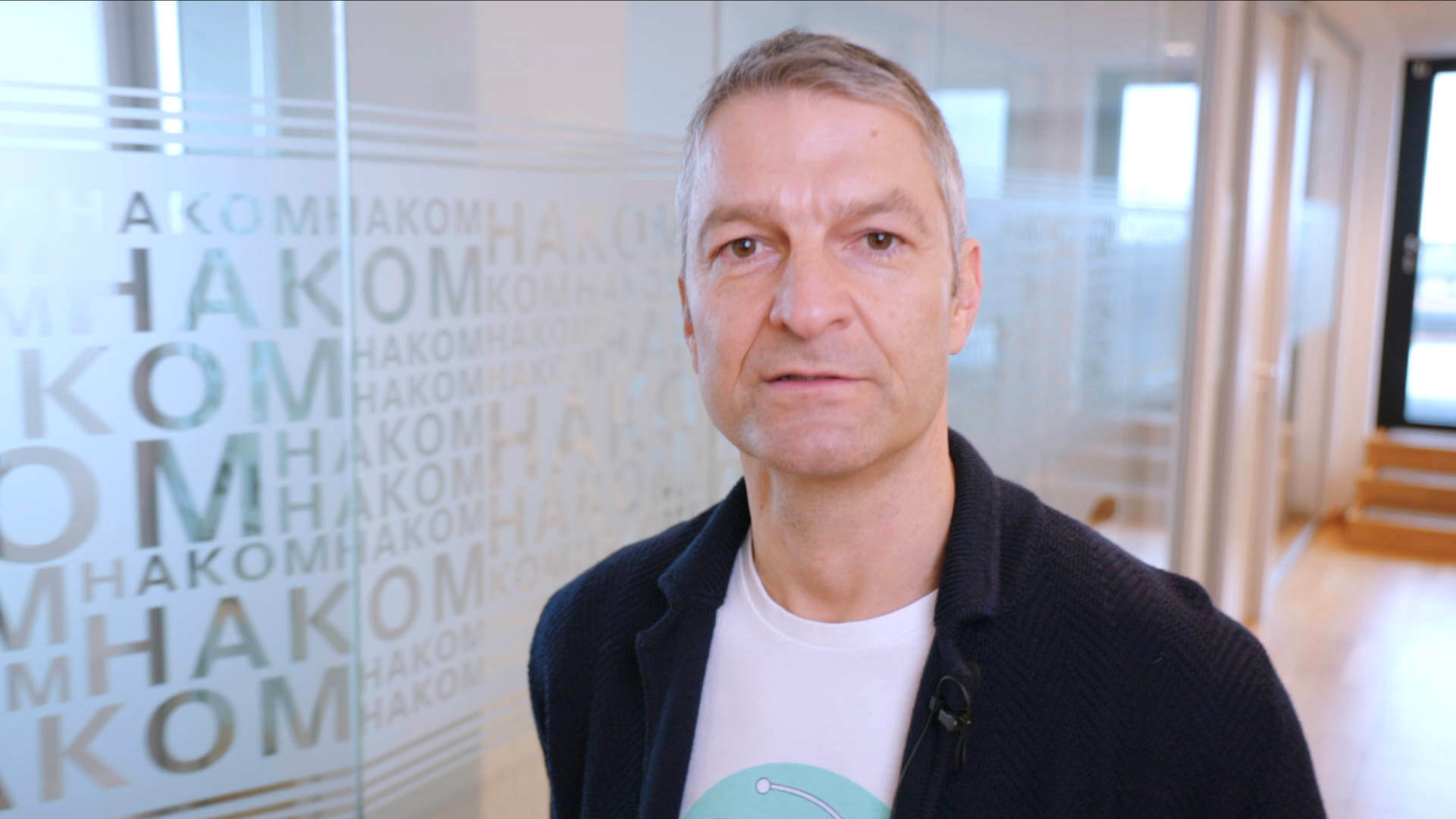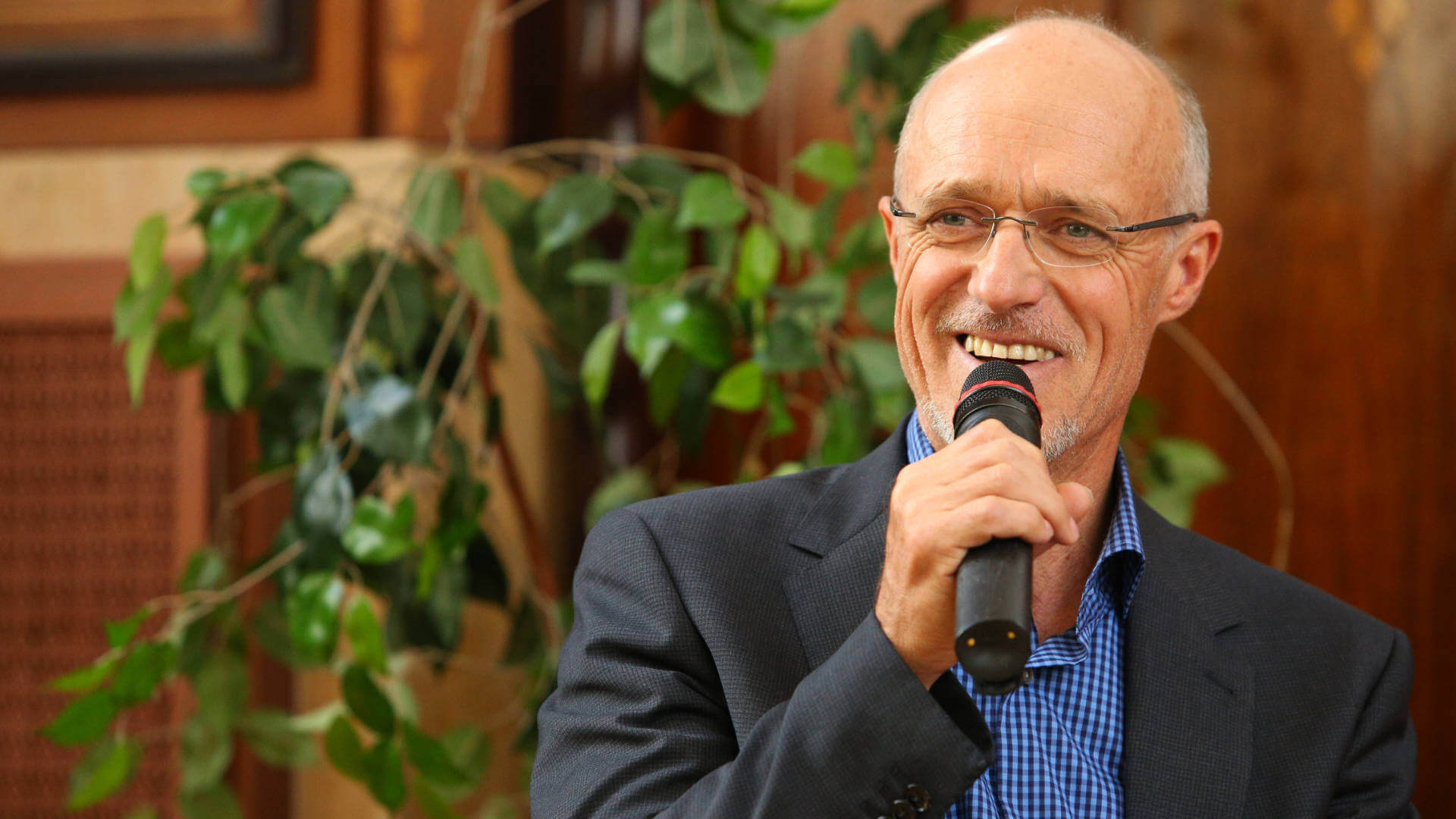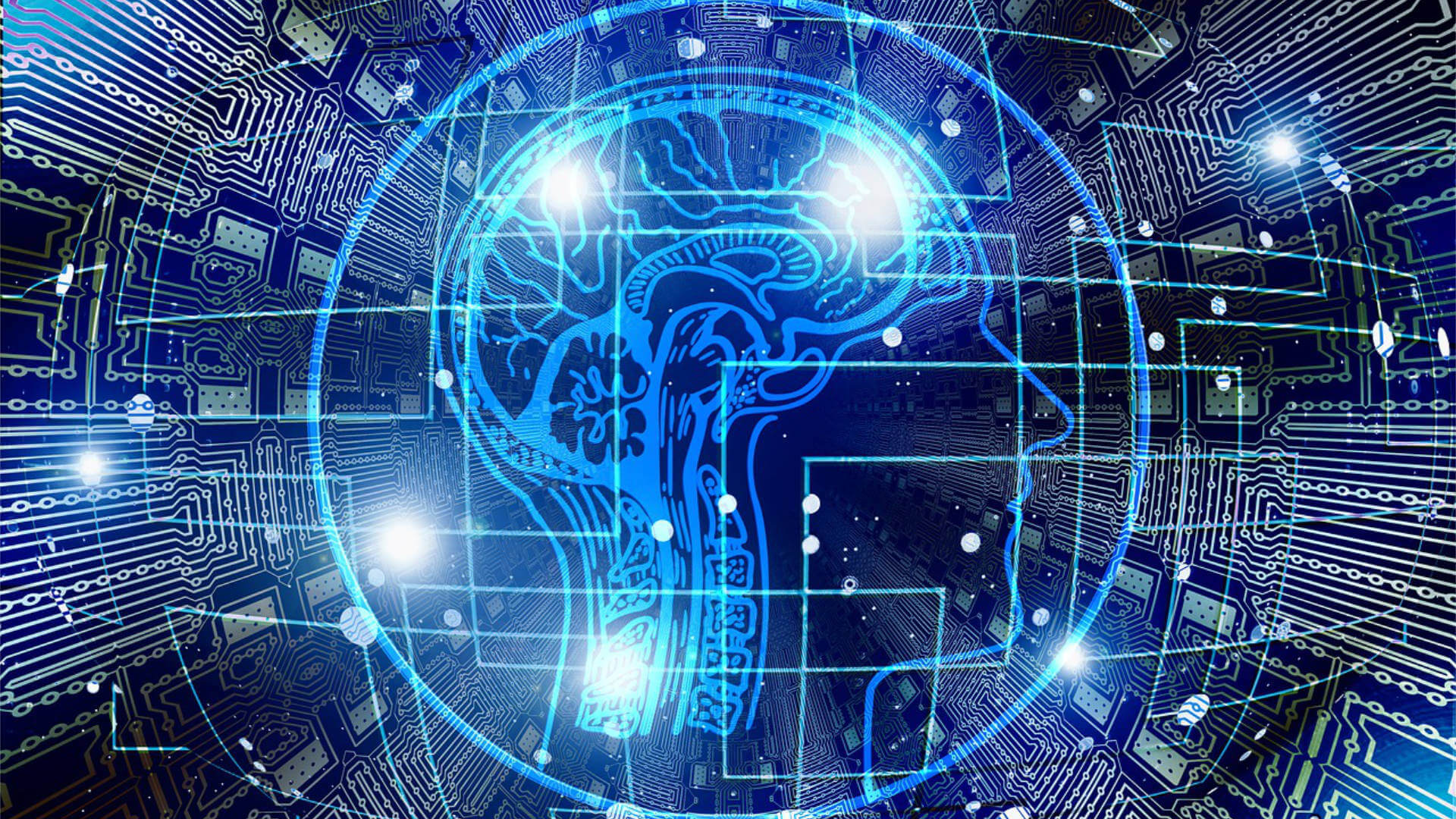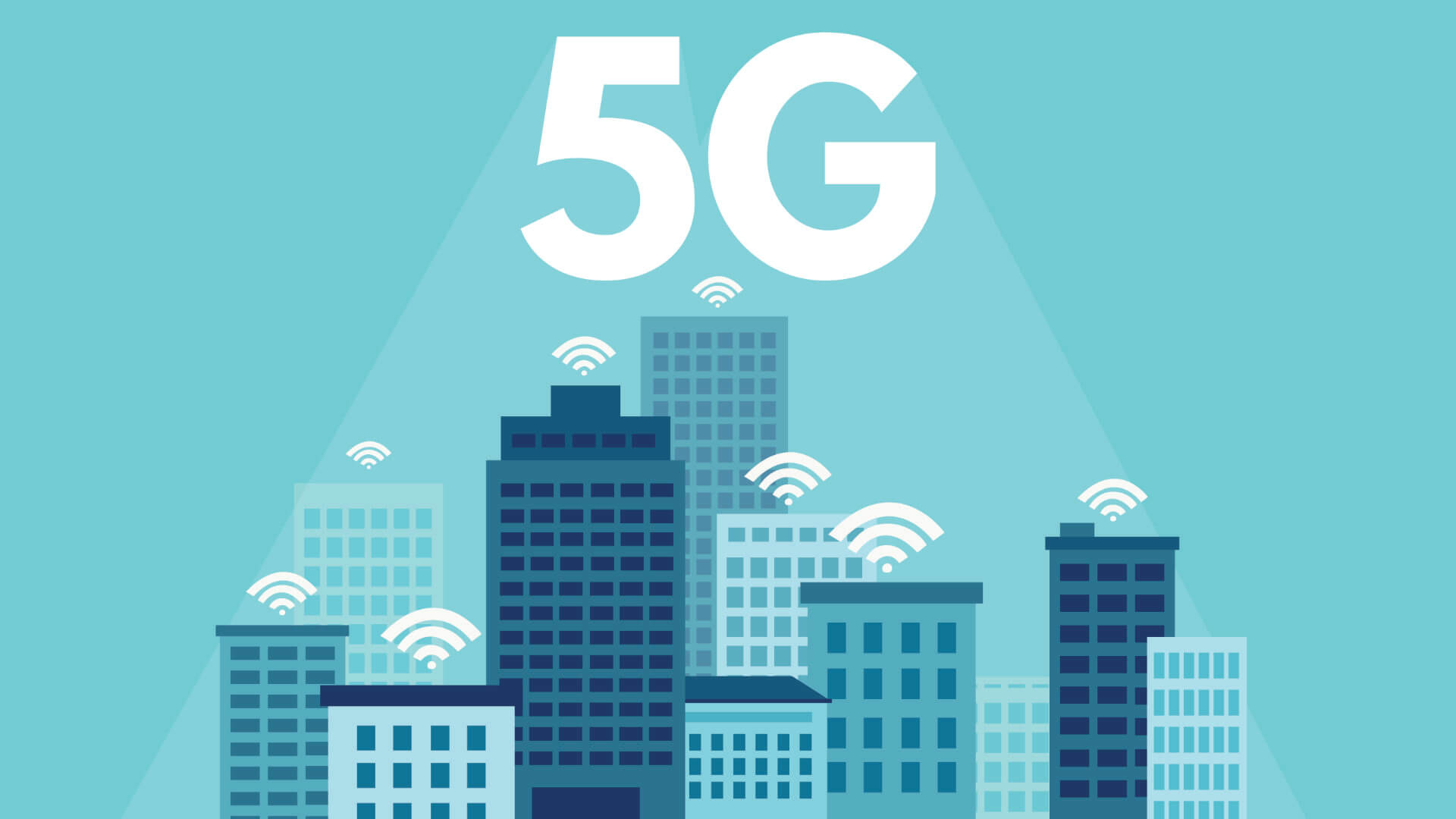Microgrids - central elements of the energy transition.
Microgrids – old thing rebuilt.
Microgrids have become an important factor in the energy transition. However, they are an old story: electricity grids that are not connected to a supraregional grid for geographical, technical, political, strategic or financial reasons. Until recently, for example, this applied to all the Canary Islands. It was not until 2018 that Lanzarote and Fuerteventura, the only two of the seven main islands, were connected via a 132 KV submarine cable, which significantly improved the quality of the grid. The best-known German island network is probably the Bewag network, which supplied West Berlin with electricity until 1994.
Today, island networks are understood to be community, C&I (Commercial & Industrial), military and campus microgrids, with only the latter two representing true island networks. For safety reasons, they are deliberately operated "off the grid". All other microgrids are typically connected to an interconnected grid via a PCP (Point of Common Coupling). The idea behind these grids is different: to produce electricity from renewable energy sources as far as possible themselves and consume it locally. Possible surpluses should be fed into an interconnected grid or, if necessary, control power should be obtained from it. In addition to the greatest possible CO2 neutrality of consumption, there is also the idea of acting as a "prosumer", i.e. not only to consume consciously but also to supply "green energy".
The importance of such community microgrids in the future is shown by the following figures: 50% of people live in cities, which, while occupying only 2% of the planet's surface area, consume 75% of the energy and are responsible for 80% of global CO2 emissions. In 2019 Navigant Research identified 4,475 microgrids in operation or planned worldwide with 27 GW of installed capacity. In Germany, more than 1,000 municipalities already rely on locally generated electricity. Apart from the CO2 concept, microgrids are not profitable per se with current technology. They will become profitable in the area of C&I grids if CHP (combined heat and power) is integrated into the grid concepts. The true value of energy community microgrids will only become apparent in the Smart City, because they are only one component of a larger whole, and it is within this whole that they must be evaluated.
The three main challenges of modern island networks will be stability, bidirectional power flow and data. Data in particular: for secondary control of the network, for integration via a PCP into a balancing group and with regard to trading, which is becoming increasingly complex as P2P (peer-to-peer) trading must also be made possible.
Control power – the great challenge for microgrids.
The great challenge of real microgrids, which are not linked to an interconnected grid via a PCP, is the issue of balancing power, which takes place at secondary level. The smaller an electrical grid is, the relatively greater is the control power required, i.e. the power that must be provided to keep the grid stable. Classical isolated networks solve this problem by a system of assets that can be connected one after the other. A good example of this is the ENDESA (Empresa Nacional de Electricidad Sociedad Anónima) power plant on the Canary Island of Fuerteventura with a nominal capacity of 185 MW, consisting of 12 groups of diesel generators and gas turbines. The base load is supplied by MAN B&W diesel gensets with high efficiency, which are gradually switched on when the speed control is exhausted. During peak periods, gas turbines are switched on, but they only make a meaningful overall energy contribution in a CHP. All these solutions have one thing in common: they provide suboptimal power quality in relation to a stable frequency. This applies to the grid of Fuerteventura as well as to the island grid of Singapore. Practical effects, for example: LED lamp systems in these networks have a fairly short life span.
The situation is different for microgrids, which are the focus of attention today: Island grids, whose primary purpose is to convert renewable energy sources into electricity. Apart from combined heat and power plants based on renewable fuels and smaller hydroelectric power plants, photovoltaics and wind power plants supply strongly fluctuating amounts of electricity that are also difficult to forecast. For this reason, these microgrids require energy storage if they do not want to obtain their control power exclusively from a PCP from an interconnected grid.
Energy storage – central topic in microgrids.
Microgrids need energy storage to avoid having to go into 'connected mode' permanently. The Green Energy Project "Gorona del Viento" on El Hierro, uses a pumped storage power plant. This is a solution that will hardly be considered for most microgrids. The majority use mainly accumulators, including compressed air, flywheels or supercapacitors (supercaps), which could also play a role in electric mobility in the future.
At present, however, microgrids mainly rely on battery technology. And this is not as new as it seems. In times of the Berlin Wall, Bewag in Berlin-Steglitz operated the island network for West Berlin. It was stabilized until 1994 by a battery storage power plant with a capacity of 17 MW, which could be delivered for 20 minutes. The power station consisted of 7,080 lead accumulators from submarine technology. Today, lithium ion and sodium accumulators are used. The world's largest battery storage power plant is currently operated in South Australia at Hornsdale Wind Farm. Based on lithium-ion, 100 MW with 129 MWh are available. It was built by Tesla Inc. in 2017 in only ten months of construction time. India, too, is relying on battery power plants to restructure its energy network towards renewable energy in order to stabilize the grid. A 10 MW battery storage facility was built in a suburb of New Delhi in 2019.
An environmentally friendly alternative to lithium-ion batteries is sodium-ion batteries with aqueous electrolyte. Sodium is inexpensive and available in unlimited quantities and can be extracted 100% CO2 neutral in seawater salt works. If the size and weight of the battery storage is not important, this technology could become a real alternative. Heat storage in highly concentrated sodium solutions, as implemented in test operation at the Plataforma Solar de Almería research centre in Andalusia, is also an interesting form of energy storage. Hydrogen also represents an attractive energy storage medium for the future due to its high energy density.
Network quality – Microgrids as a new player.
The further the energy transition progresses, the more important microgrids become for grid quality throughout the entire grid. The higher the share of electricity from renewable energy sources, the more demanding the primary and secondary control of the power grid will become. Currently, the grid quality in Central Europe is the highest in the world. To keep it that way, a new way of managing grids is needed. The topics are smart grids, micro grids and virtual power plants. The entire environment presents itself not only as an intellectual challenge, but also as a very tangible technical challenge: Existing interconnected networks were not designed for bidirectional operation. During planning and construction, "prosumers" had not yet entered the stage as actors.
The approach is called decentralization. Local self-consumption is to be promoted through microgrids. Secondary control is to take place in the microgrids to the greatest extent possible, so that as little control demand as possible "skips" to the entire grid. Since microgrids rely heavily on wind and solar energy, this is only possible by maintaining battery power plants or similar. The control capacity thus built up can be combined into virtual power plants by combining a critical quantity of microgrids. Virtual power plants can have a massive impact on the quality of the entire interconnected network, which in turn would have a direct impact on grid costs. The start-up of power plants alone, which are currently only needed to stabilize the German electricity grid, would incur annual costs in the three-digit million range. The provision of balancing power by virtual power plants can contribute to a massive optimization of grid costs.
It is obvious that the operation of microgrids in a smart grid will become a big data challenge. As soon as microgrids appear in interconnected grids as both suppliers and consumers of electricity, they must become part of a balancing group management system with all the associated issues. The control mechanisms are a massive challenge. That's why E.ON is researching self-regulating smart grids with AI technology. An example shows how complex the topic is becoming in detail: Whereas it used to be sufficient to measure current and voltage only at the beginning of a line, typically in a substation, these values are no long er sufficient in bidirectional smart grids. Digital transformers must be used to measure the power quality over the entire line.
Microgrids – research on a living object.
A core idea of microgrids, which are designed on the basis of prosumers, among other things, is production-related consumption. This requires a system that maps a tradable supply in a system and brings producers and consumers together. Four levels are to be considered here:
- Market level - Virtual power plant
- P2P level - Prosumer
- Asset level - wind turbines, photovoltaics, battery power plant etc.
- Network level - PCP and interconnected networks
At the P2P level, prosumers trade among themselves. For example, they rent the electric car of a neighbor who is on vacation to temporarily store excess solar power they have generated themselves. Even this simple transaction requires a contract, a price fixing and clearing accounts. This is the micro level of the system. At the macro level, the virtual power plant trades, provides or buys balancing power via the integrated grid. In the future, the user fee for the integrated grid will also become an issue that, in principle, every participant will have to pay. All this is a very simplified view, which in reality is much more complex. There are no standardized solutions for this yet.
In the project PEPPLES (Peer-to-Peer Energy Trading on the Basis of Block Chains), a team from the University of Applied Sciences Kempten, Frauenhofer, Siemens and AllgäuNetz, is researching the structural development of decentralized electricity trading. The project addresses the full range of the problem from market mechanisms, network optimization to the Smart Contract Library. The very technical side of the topic is addressed, for example, by Microgrids at Berkeley Lab, a project of the U.S. Department of Energy or the InterFLEX project in Europe.
These examples make it clear that microgrids of the future are not just pure research projects, but are also energy system transition in action:
- Wildpoldsried – The energy village
- EUREF Campus Berlin
- BROOKLYN MICROGRID
Microgrids – central building block of the energy revolution.
In the near future, microgrids will be an integral part of the energy system transformation. They have the potential not only to make a significant contribution to grid quality, but also to push the necessary efforts in grid conversion and expansion to a practicable level. The area of electricity trading, grid optimization etc. will have to be thought of in a completely new dimension. Big Data will be the topic. A decentralized flood of data that has to be shared and processed faster than ever before to bring smart grids to life.
Data security in particular must not be lost sight of, because the smarter a network is, the more vulnerable it is. On a technical level, there is no doubt that all this will no longer be possible without AI. How much intelligence humans are willing to give up to machines in terms of essential infrastructure is another question. „Mark my words - A.I. is far more dangerous than nukes.“ says Elon Musk quite aptly on the subject.
Related links.
- EUREF Campus Berlin
- pebbles – Peer to Peer Energiehandel auf Basis von Blockchain
- Allgäuer Überlandwerk GmbH
- Wildpoldsried – Das Energiedorf
- BROOKLYN MICROGRID
- BROOKLYN MICROGRID App
- InterFLEX
- Next Kraftwerke
- MICROGRIDS at Berkley Lab
- NAVIGANT Research
- FLEXIBLEPOWER Alliance Network
- Gorona del Viento – Green Energy auf El Hierro
- Hornsdale Wind Farm South Australia
- Plataforma Solar de Almería
Contact the author Stefan Komornyik.
Photo credits: © Frank Atlantic

![[Translate to EN:] [Translate to EN:]](/fileadmin/userdaten/DATEN/BILDER/news/inside/christmas-2022-header-n.jpg)









